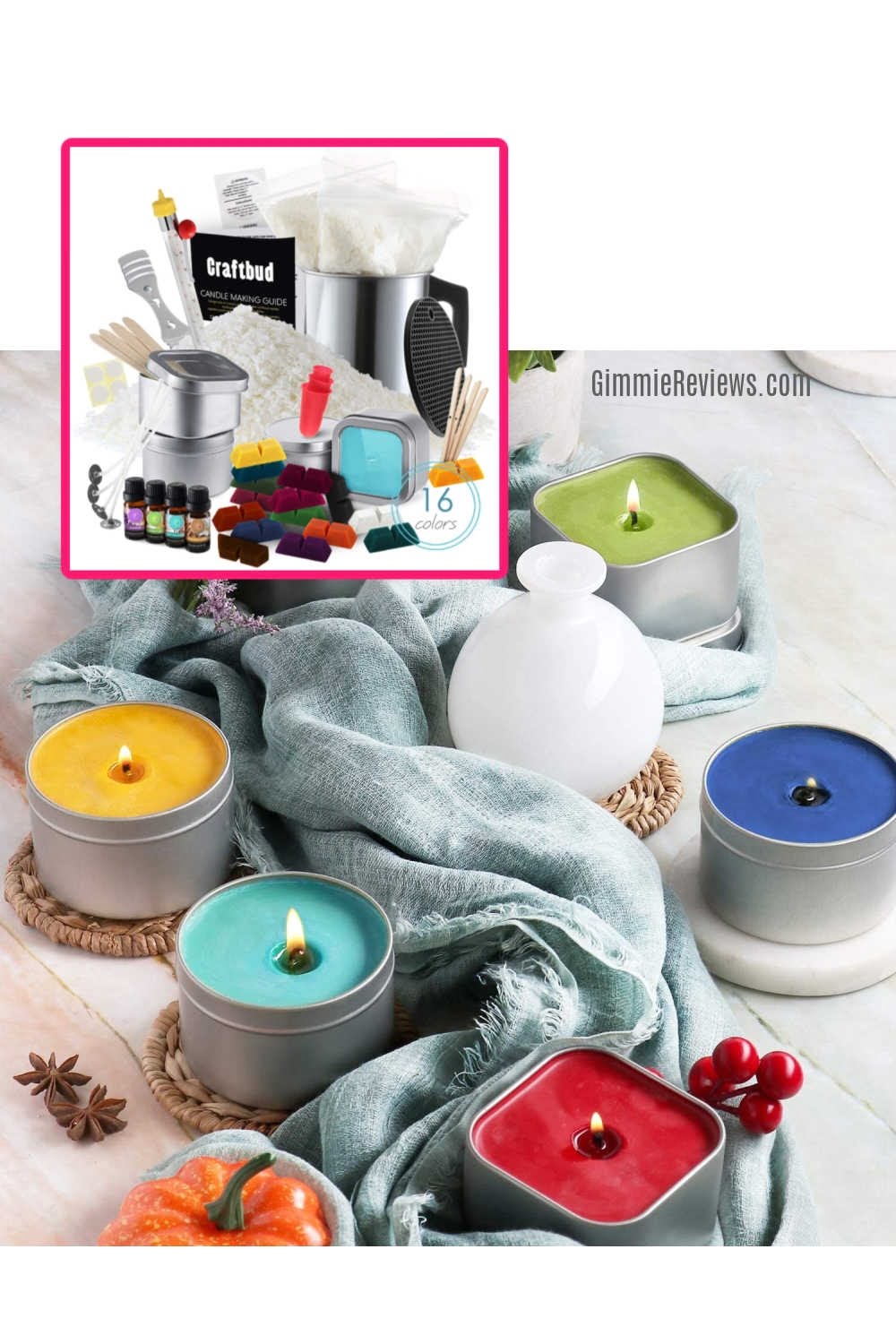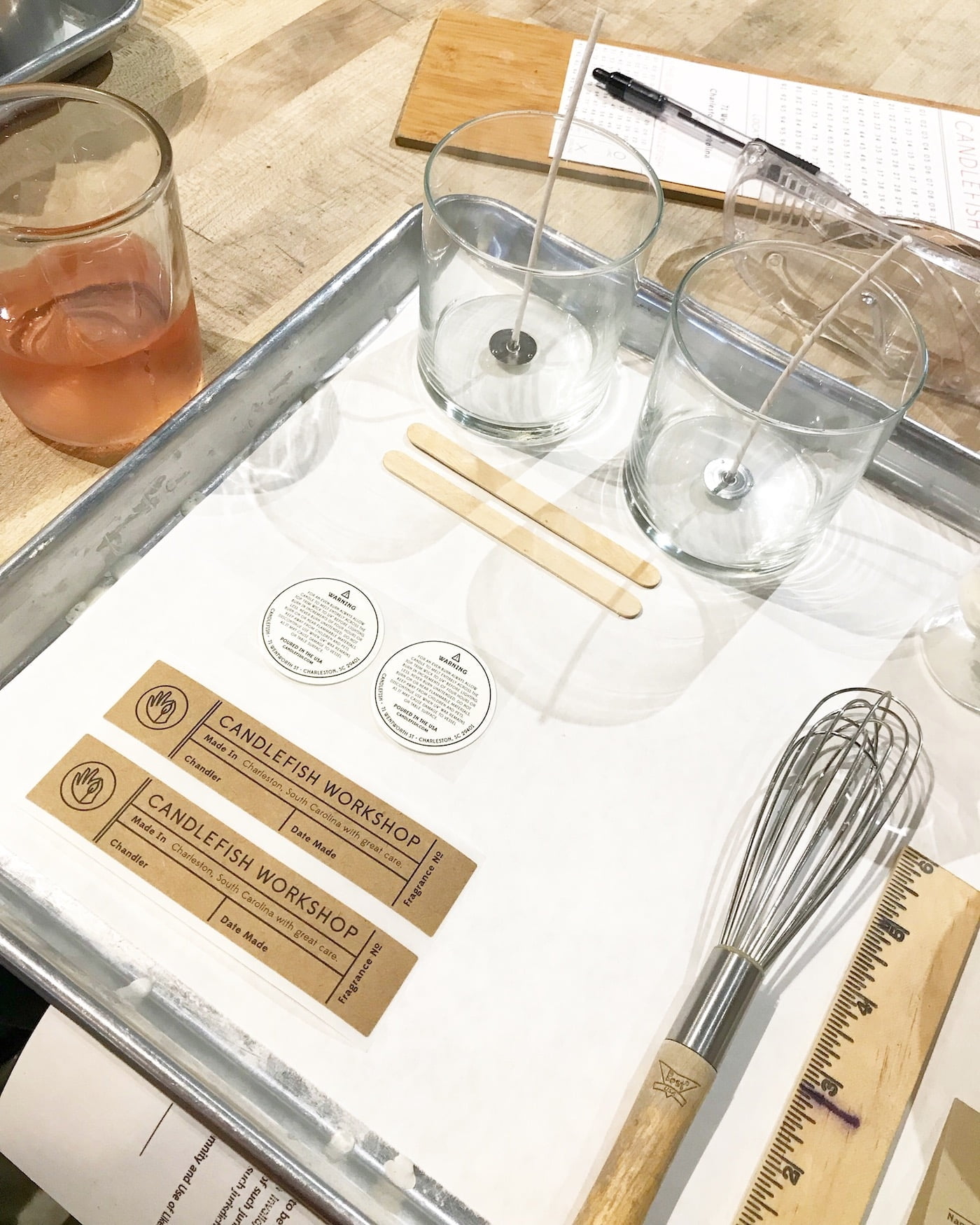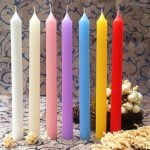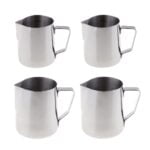Introduction
When considering the costs of starting a candle making business, there are several key elements to consider. A well thought out budget for startup and operations will help maximize profitability. The primary upfront cost involves the purchase of supplies such as wax, wicks, containers, dyes and scents – which must then be stored in a space where they won’t be exposed to extreme temperatures or humidity. Additionally, any equipment necessary for melting, pouring and cooling the candles will need to be obtained and setup. To promote your business, factor in the cost of marketing material (i.e., flyers), website creation and maintenance (including web hosting), plus promotional swag items like t-shirts/hats featuring your logo or business name. Lastly, expenses associated with commerce (payment processing) also need to be taken into account. With careful planning and consideration of all the above variables, you can reduce your startup costs while maintaining quality products.
Start-Up Costs
The start-up costs for a candle making business can vary significantly depending on the scale of operations. To ensure that you have everything you need to make and market quality candles, here is how to calculate the necessary initial investment:
Materials: Any candle making business will require materials such as wax, wicks, molds, coloring agents, fragrances, and packaging. Prices for these materials can vary widely depending on quality and quantity. You should estimate the total cost of all the materials needed for one or two months of operation in order to be prepared for unexpected expenses.
Equipment: Candle making requires machinery such as melting tanks, pouring pots and cooling trays. You should research prices from various suppliers to get an accurate figure for each item. Additionally, it is important to take into account a possible additional expense for insurance and maintenance of equipment.
Marketing & Promotional Costs: If you are selling candles online or offline in a physical store then you will likely need to have some marketing materials created – from flyers and business cards down to banner ads and website design if you’re selling online. The exact cost will depend on your budget but don’t forget that social media promotion is also often an effective tool nowadays when done right!
Licensing: Depending on where you operate your business from, it may be necessary to obtain licenses or permits in order to legally sell products such as candles in your local area or country. Researching these costs upfront is essential before starting any business venture so that there aren’t any surprises later on down the line.
Insurance: Most small businesses need insurance in order to protect their assets from unexpected losses and liabilities associated with running a candle making business. Insurance policies typically vary by state or country so make sure to compare rates from multiple providers when purchasing coverage for your enterprise
Fixed and Variable Costs
Before embarking on a business venture, it is essential to understand the prospective costs. When it comes to starting a candle making business, there are both fixed and variable costs that must be considered. Fixed costs would include necessary one-time expenditures such as purchasing start up supplies and leasing a workshop space. These costs may not necessarily fluctuate greatly from month to month and will remain relatively fixed. Examples of these expenses may include overhead such as lease payments for a facility, utility bills, internet connections, or office furniture if applicable.
Variable expenses on the other hand tend to fluctuate based on sales levels and production rate among other things. These types of expenses can include supplies such as waxes, dyes, wicks and fragrance oils used in candle production as well as marketing materials used in driving customers such as advertising campaigns and promotional items. Additionally, personnel expense can also fall into this category depending on the number of employees being hired to support operations with tasks like packaging and shipping candles or handling customer service inquiries. All of these variable expenses should be factored into your budget before launching your candle making business so you can remain profitable even during times when sales are down.
Materials & Supplies
One of the most important elements of any candle making business is the quality of materials and supplies used. This is essential to ensure that you are not wasting money on a product that will not deliver the results you want, or even worse, one that may be dangerous. Common materials and supplies for a candle making business include wax, dyes, fragrances, wicks, molds, thermometers, melting containers or pots, and safety equipment such as oven mitts or protective eyewear. In addition to these materials and supplies certain tools may also be needed to create candles correctly depending on each individual’s preferred technique. These tools can range from simple items such as double-boilers, extra stirring utensils, or wax brushes all the way up to sophisticated machines like electric melting pots for larger production runs. In addition to these items it would be wise for anyone considering starting a candle making business to ensure they have a suitable workspace in which to operate their business as well as proper storage space for their raw materials and finished products.
Advertising & Promotion
Though advertising and promotion might seem like a daunting task for a small candle making business, there are ways to spread the word and build your customer base on a budget. One powerful low-cost option for candle-makers is social media. Sites such as Facebook, Twitter, and Instagram offer free platforms on which to create an engaging page showcasing your work. The ability to engage customers and increase your business’ reach via direct messaging will help you grow awareness of your products with minimal investment. Additionally, you can use online classifieds such as Craigslist or Ebay to sell new items or post promotions that appeal to prospective buyers in your local area.
You can also get involved in local festivals and fairs which are usually low cost opportunities to introduce yourself and let people see what you have to offer. You may even be lucky enough to appear on TV by taking part in craft based competitions that feature your products alongside other makers in the same industry. Lastly, consider incentivizing people who promote your business by offering discounts they can share with friends or acquaintances interested in candle making supplies. This should help increase loyalty from existing buyers while finding more potential customers along the way.
Employee Costs
Employee costs for a candle making business should be allocated towards employees who have the knowledge and skills to put together, package, and ship the candles. Depending on the size of the company, this could include full-time or part-time staff members, independent contractors, or third-party vendors. It is important to properly assess the necessary labor hours for each employee in order to accurately determine employee costs. These costs should also take into account wage rates, payroll taxes, benefits packages, training materials, equipment and supplies. When possible, it may be beneficial to negotiate volume discounts with suppliers associated with employee costs. Additionally, because salaries cannot necessarily remain stagnant in relation to inflation or other economic factors, these expenses must be accounted for when budgeting the company’s labor costs. Finally, paying employees a fair wage that is reflective of their value to the company will reap dividends over time by increasing productivity and morale while reducing turnover and recruitment expenses in the long run.
Contingency & Operating Funds
When starting a new business, it is important to have an adequate contingency and operating funds set aside for unexpected costs. This type of planning involves anticipating potential issues or expenses that could come up down the line. For example, raw materials for candle making may be susceptible to price increases due to market conditions or changes in supply demand. Setting aside funds for a possible subject can help offset such events and provide a reserve should additional capital be necessary. Additionally, having a financial buffer can reduce the amount of additional funding needed from outside sources such as investors or lenders. General operating costs such as software costs and maintenance program subscription fees need to be included in calculations when determining how much contingency will be needed. Furthermore, extra funds can also be put aside for marketing and advertising initiatives if desired; this may be necessary depending on the scope of the business plan. With careful planning and foresight, businesses can set up money management systems that will ensure long-term success.
Conclusion
Starting a successful candle making business requires an understanding of the key costs you will incur in order to make the venture profitable.The upfront costs include purchasing supplies and equipment, such as wax, wicks, molds, thermometers, scent, dyes and labels. In addition to these costs are more ongoing expenses like packaging materials and marketing campaigns. While some of these costs may be necessary in order to start a productive business, it is important to explore cost-cutting solutions to reduce unnecessary expenditures and keep your profits high while still working efficiently.
One way to cut costs is by sourcing essential materials from used but reliable suppliers or second-hand stores. Rather than purchase expensive molds or thermometers brand new, consider buying used items that can be refurbished properly for reuse. You can also look into retail outlets that sell discounted raw materials like waxes that would otherwise be too pricey. Additionally, take advantage of discounts offered by companies whenever available. These savings add up quickly over time if done regularly.
Another cost-cutting solution for your candle making business could be utilizing digital mediums for marketing your candles instead of physical marketing campaigns through billboards and magazine advertisements which can be expensive if done on a large scale basis. Utilizing digital platforms like Facebook Ads, partnerships with various influencers online, Google Adwords etc., provide much more affordable yet effective means for advertising your products and services in the cyber space world today.. Finally, look into creating DIY instructional videos on social media channels or sharing other tips related to candle making from experienced industry professionals so that customers can learn how they too can make their own candles at home with minimal expense while driving sales traffic towards your store at the same time.

Welcome to my candle making blog! In this blog, I will be sharing my tips and tricks for making candles. I will also be sharing some of my favorite recipes.





